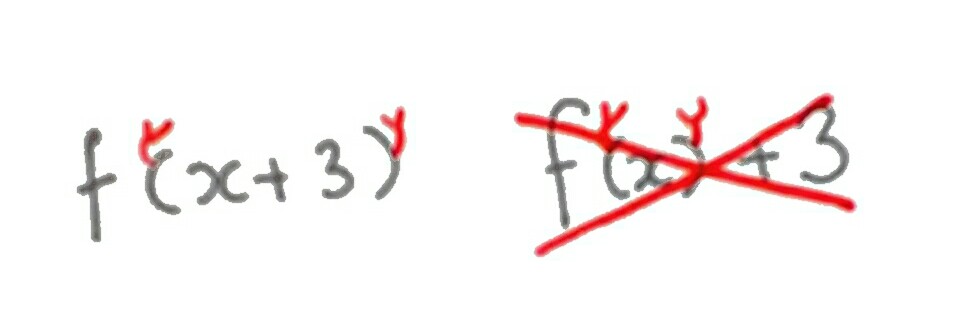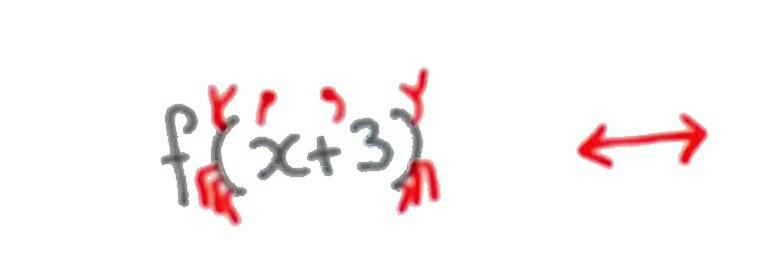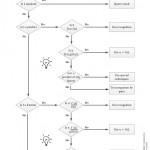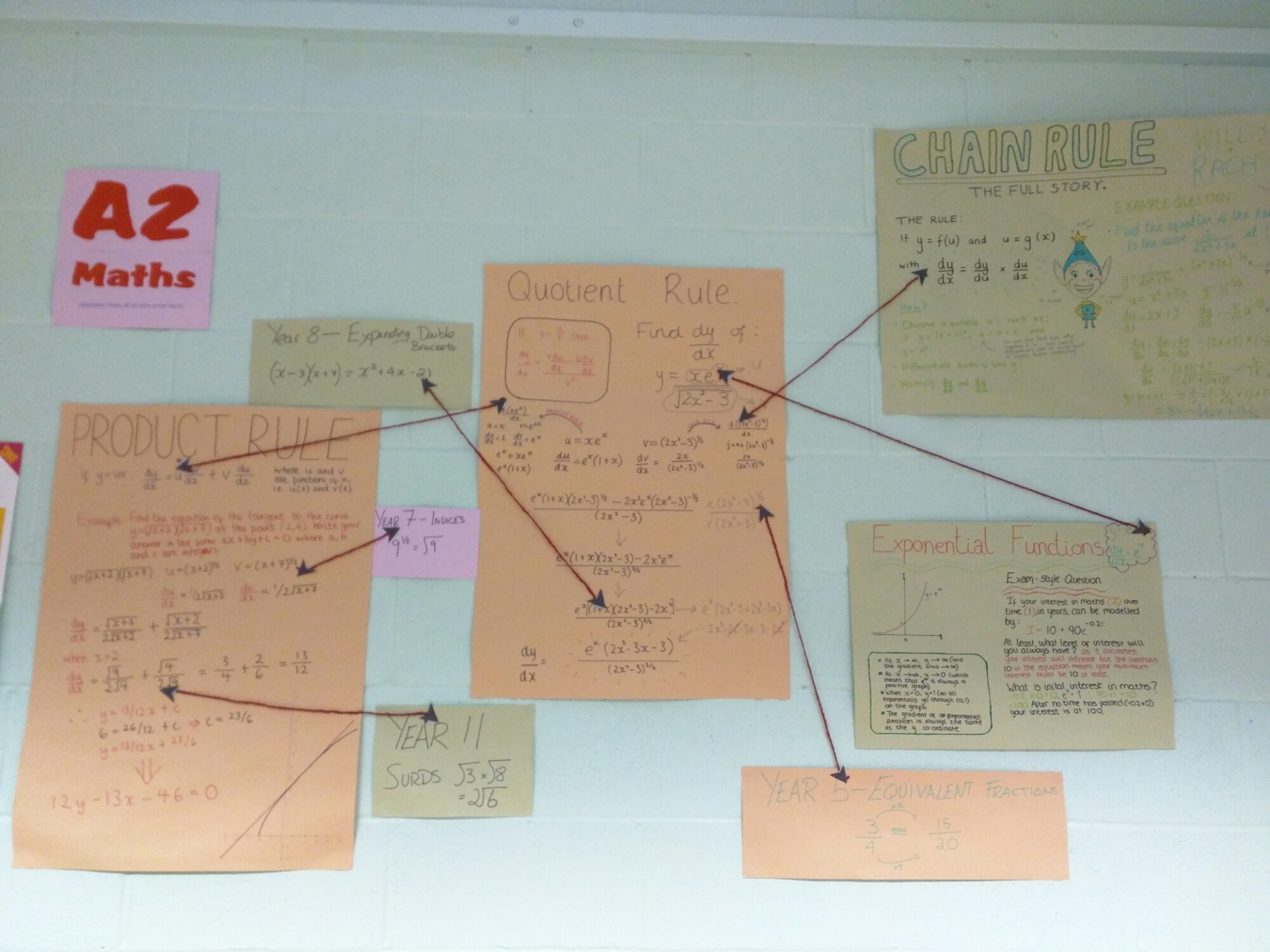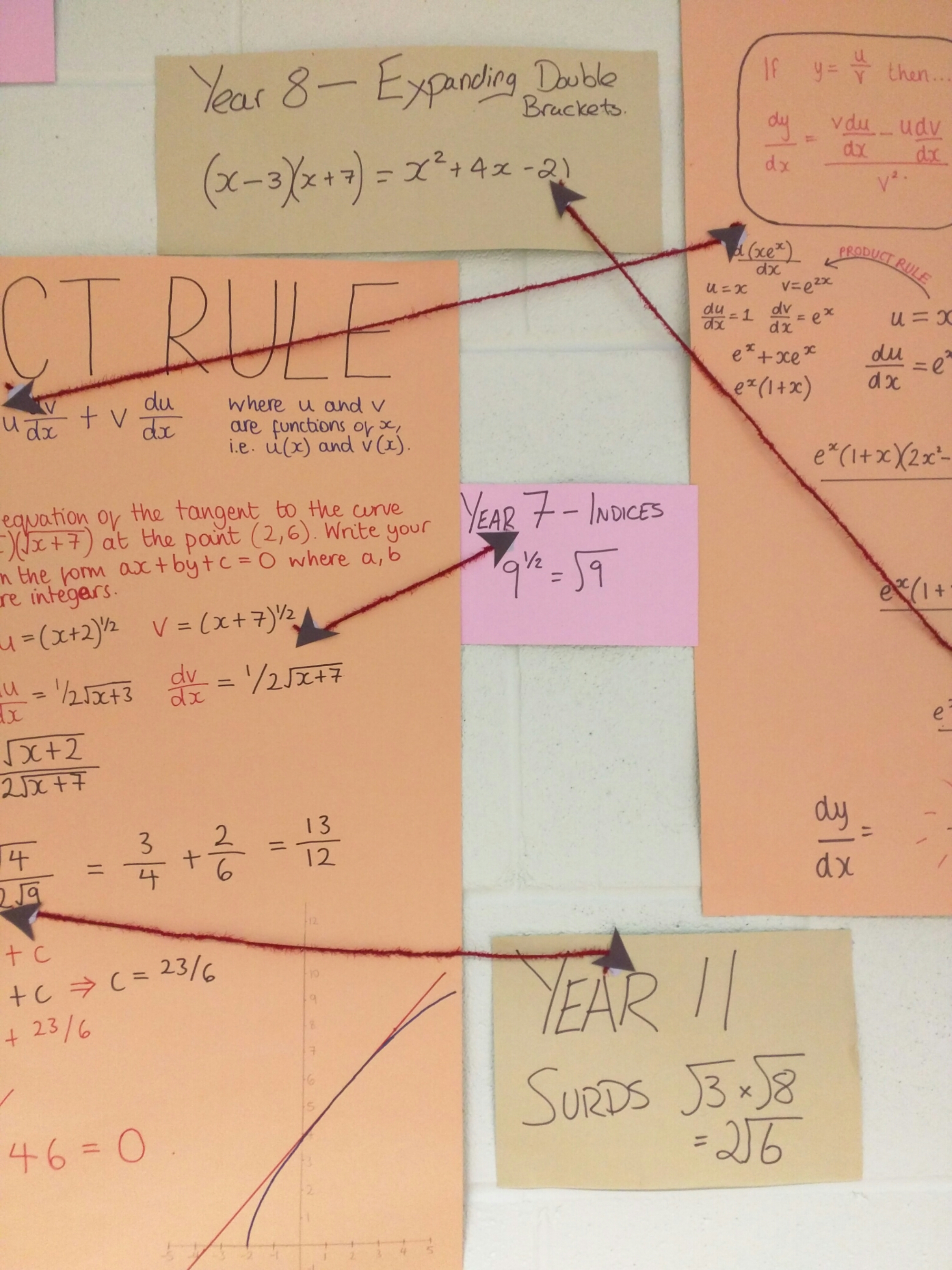If you are a regular on Twitter you may have seen some of the many revision clocks being shared. Basically 12 questions, 5 minutes each. Students can revise up to twelve different skills, under timed conditions, hence improving exam technique. My favourites are from the lovely Mel & Jo (@just_maths & @mathsjem). Not to be confused with Mel & Sue! (Random British humour/baking reference).
 Image credit: www.cafepress.co.uk
Image credit: www.cafepress.co.uk
- Mel’s blog post on revision clocks can be found here: Just Maths
- Jo’s collection of revision clock resources can be found here: Resourceaholic
- Don’t skip these links – they are good!
Now I used one of the C2 revision clocks with Y12. It was an eye-opener: some students were excellent at managing their time, some rushed the questions and wanted to move on (hence not checking their work and making daft avoidable mistakes like they have all year!), others gradually improved their time efficiency and a few ignored the time constraint and sat stuck on one question, when there were so many other questions they could have excelled at. Constructive feedback all round!
So I decided that we would do the same for Statistics. I put together a set of questions from Edexcel testbase – full credit to them is given on the sheets. They challenged my students due to the need for accuracy in calculations and the sheer laziness of not wanting to look up formulae. If you want to do the same, just download the resources here:
S1 revision clock Answers (pdf)
You will also need to print the answer sheet onto A3: Answer sheet courtesy of JustMaths




